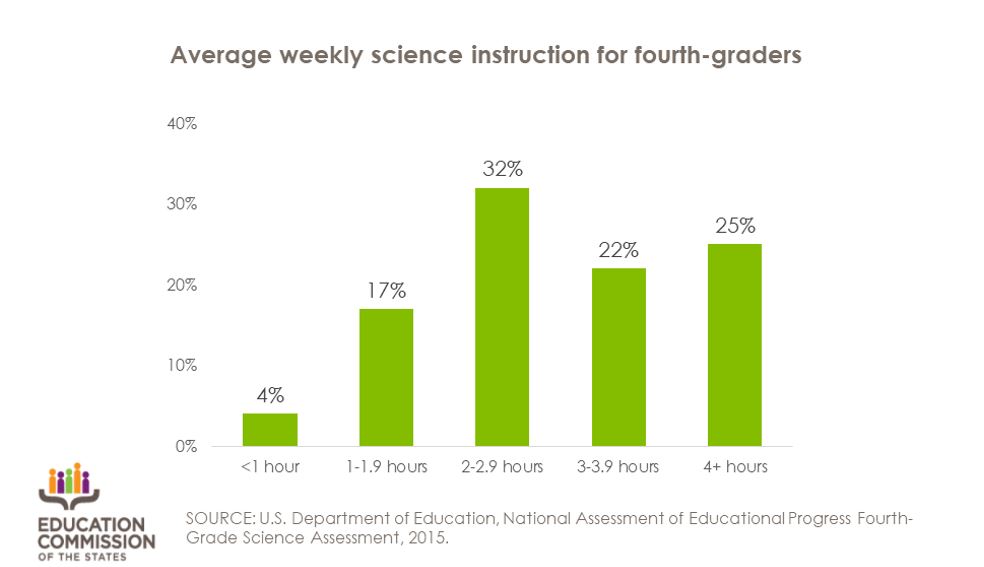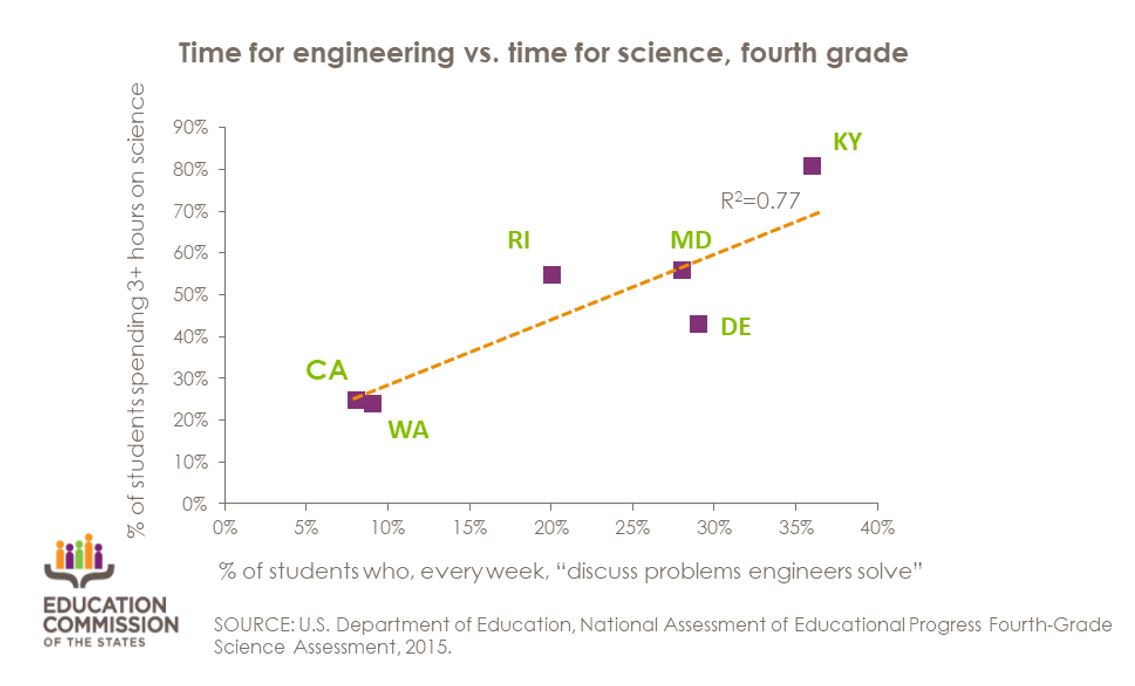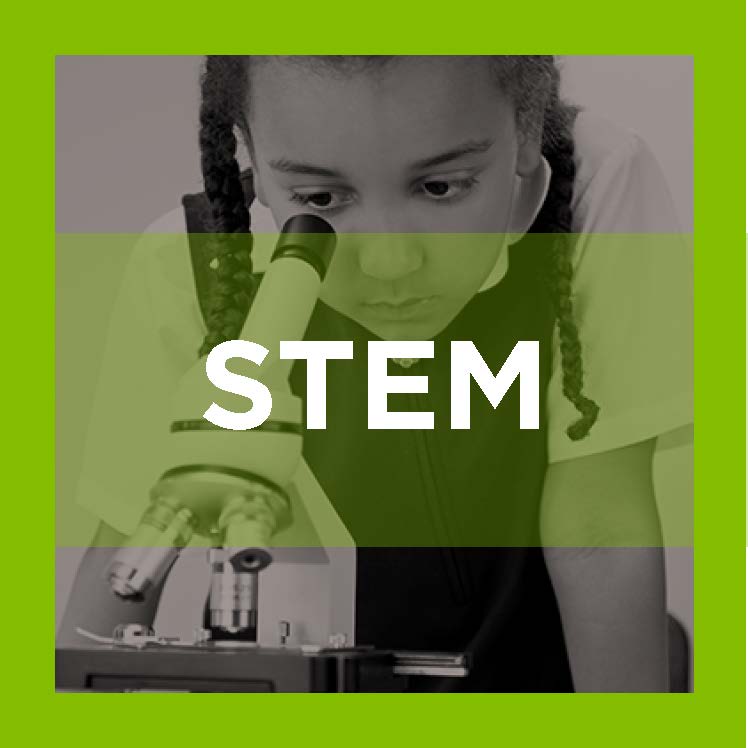For those of us alarmed by the frequent and dour news about American students’ lagging performance in science, the annual Regeneron Science Talent Search (STS) is a tonic for the soul. The high school winners announced yesterday have made astonishing breakthroughs in science and technology. More young people like these could help the United States live up to its billing as a land of inventors.
Unfortunately, these remarkable young people are the exception that prove the rule. Seven of the nine top STS students in 2016 were children of STEM professionals, and most credited their parents for inspiring them to pursue STEM when they were very young. Few American children enjoy that advantage. States can help level the playing field by adopting policies to encourage more science in the elementary grades.
In the early years, science is a natural vehicle for exposing children to many practical STEM fields that are unlikely to come up elsewhere in the curriculum. Yet many elementary schools give science short shrift:

Research suggests that, like the STS winners, STEM professionals often catch the STEM bug in childhood. Elementary schools that devote little time to science risk squandering opportunities to get children hooked at an early age.
Elementary schools’ inattention to science might stymie attempts to reform science education with new standards that aim to transform how schools teach science in dozens of states. These standards break the mold by incorporating practices engineers and tech professionals use in their jobs. Yet elementary schools that teach little science won’t teach much engineering either. In states where fourth-graders were least likely to spend time on science in 2015, they were also least likely to discuss the kind of problems engineers solve:

Fortunately, there are early signs that elementary science may turn a corner. More than 20 states now include elementary school science in their accountability plans, after years of giving the subject a back seat to reading and math. In states that include science, elementary students typically spend more time on the subject, and districts are apt to take it more seriously. Also, in these states, elementary teachers may get more professional development to help them teach to the challenging new science standards. (In 2015, strong professional development in science was vanishingly rare for teachers in fourth grade.)
The STS winners should inspire us to step up the momentum in elementary science. In this era of breakneck technological change, we must not leave our nation’s scientific and technological achievements to accidents of birth.










